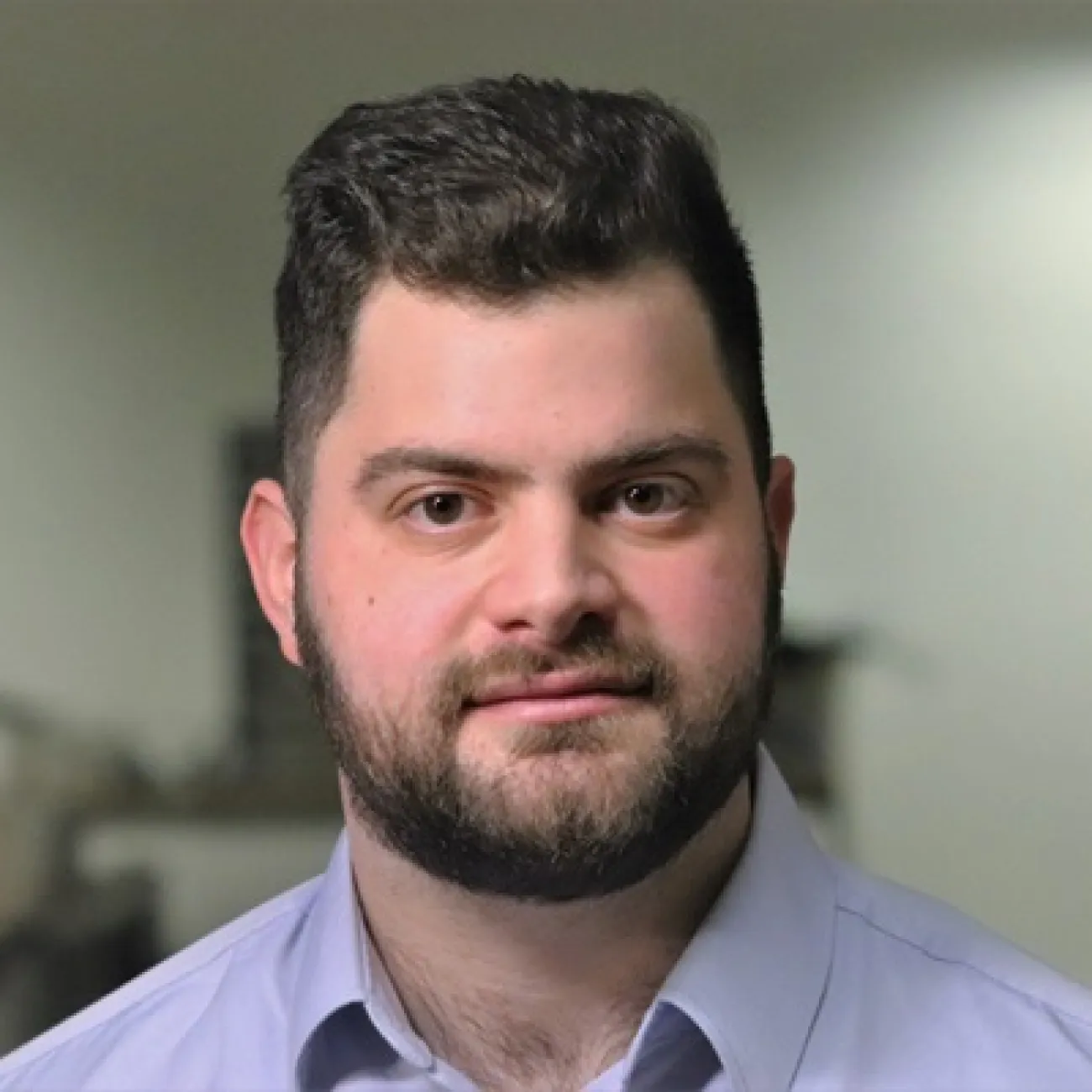About
Dr Noori is a Lecturer (Assistant Professor) within the School of Electronics and Computer Science at the University of Southampton, UK. He is known for working on the growth of two-dimensional (2D) materials and their heterostructures using electrochemical deposition. This breakthrough resulted in a £1.5m EPSRC project on which he is currently a Co-Investigator. Dr Noori is a Chartered Physicist (CPhys), Chartered Engineer (CEng), a Senior Member of IEEE (SMIEEE), a Certified Practitioner in Project Management (PRINCE2), a Fellow of the Software Sustainability Institute, and an Associate Fellow of the Higher Education Academy (AFHEA). He is an elected committee member of the IOP Semiconductor Physics group and the IOP Quantum Optics, Quantum Information, and Quantum Control group.
He previously worked as a Senior Research Fellow on multiple EPSRC programme grants, Advanced Devices by ElectroPlaTing (ADEPT), and Quantum Dots on Silicon (QUDOS) where he demonstrated the first electroplating of metal-chalcogenide phase change materials in memory crossbar arrays. He was also a Research Associate at Lancaster University where he developed GaAs-based high-energy particle detectors. He was also Visiting Researcher at the University of Pubela in Mexico, a Consultant for CORNERSTONE and a Carnegie Undergraduate Vocational Researcher at the Institute of Medical Science and Technology (IMSaT).
In 2017, He obtained his PhD in Integrated Photonics and Quantum Communications from Lancaster University after winning several prestigious conference awards. In 2013, He received a first-class (Honours) degree from the University of Dundee in Electronic Engineering and Physics, winning three Duff & Garland prizes and three class medals for being the top student in his class three years in a row.
Dr Noori has one patent, two book chapters and numerous conference contributions. He has over 7 invited talks and was an external examiner for multiple PhD theses. Dr Noori’s work is published in many high-impact journals such as ACS Applied Materials and Interfaces, ACS Nano Letters, Wiley Advanced Electronic Materials, IOP 2D materials, etc.
He is a regular reviewer for several journal publishing groups, including Nature, ACS, Wiley, and IEEE, and he is a regular grants review for the American Chemical Society Funds, Horizon Europe, and EPSRC being a member of the EPSRC Peer-Review College. He was awarded the Dean’s Award for outstanding early career researchers, the IOP Philip-Buckle Science Communication Award at the UKSemiconductors conference, the Best Poster Award at 2D TMDC (Cambridge), the Best Poster Award at the Optical Waveguide Theory and Numerical Modelling conference and the three-minutes thesis award at Lancaster University.
Dr Noori’s team members are:
- Shaokai Song (PhD Researcher)
- Hongwei Zhang (PhD Researcher)
- Ismaeil Alnaab (PhD Researcher)
- Jiapei Zhang (Research Assistant)
There are several PhD opportunities available, if you are interested in joining the group, please contact Dr Noori.
You can update this in Pure (opens in a new tab). Select ‘Edit profile’. Under the heading and then ‘Curriculum and research description’, select ‘Add profile information’. In the dropdown menu, select - ‘About’.
Write about yourself in the third person. Aim for 100 to 150 words covering the main points about who you are and what you currently do. Clear, simple language is best. You can include specialist or technical terms.
You’ll be able to add details about your research, publications, career and academic history to other sections of your staff profile.
